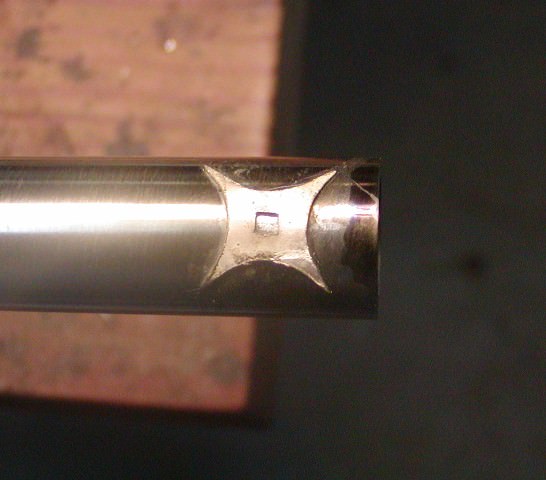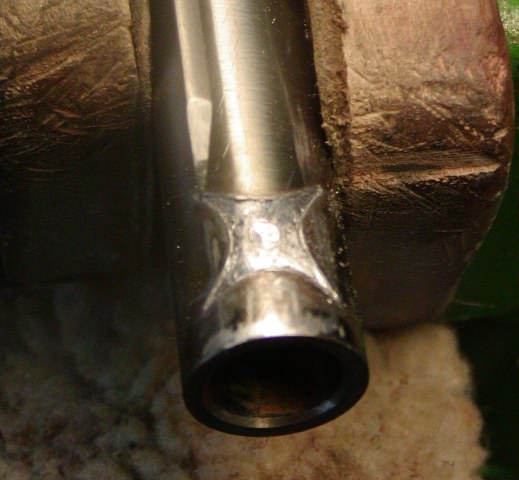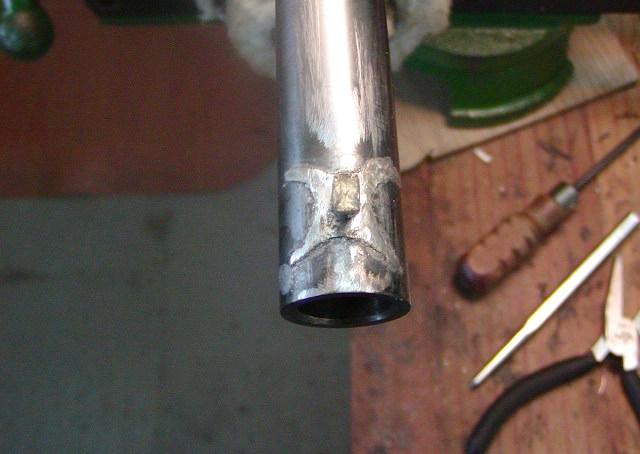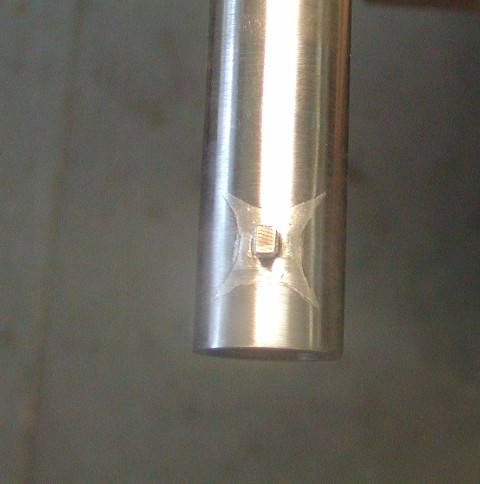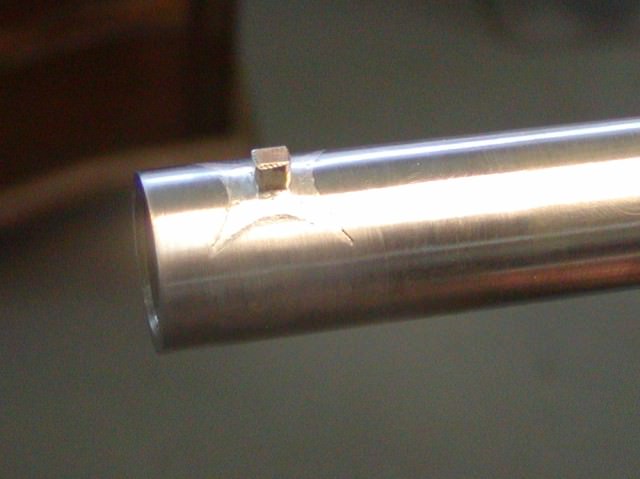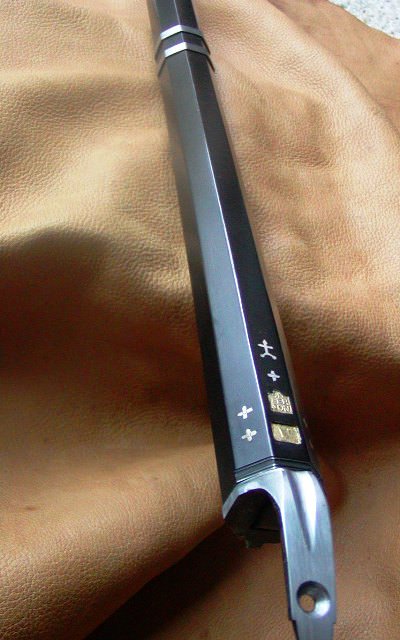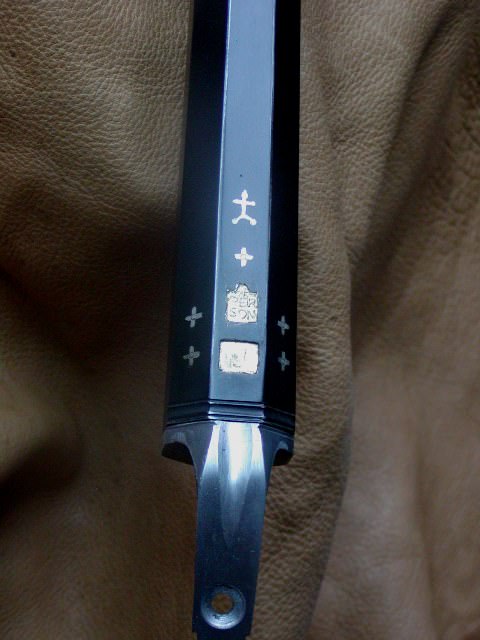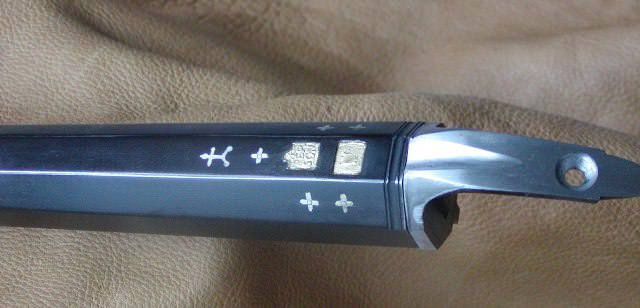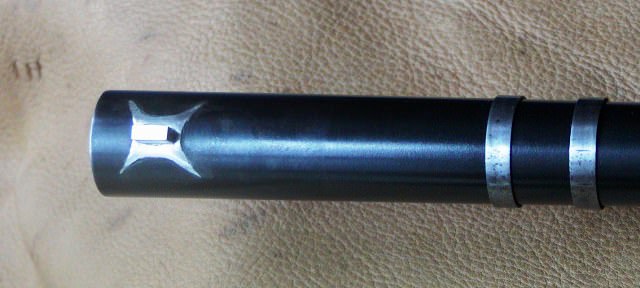- Joined
- May 6, 2014
- Messages
- 17,473
- Reaction score
- 16,551
Hi Dave,
What a fascinating way to make the gun truly yours!
Over the years I have gotten the impression there was almost an "Aura" belief/following of Spanish barrels in the 17th/18th centuries. There were stories that Spanish barrel makers would gather up old/used horseshoes to make their barrels and somehow that made the Iron in them better for barrel making.
I have wondered from time to time why the Spanish barrels seemed to have so impressed some English and even American gunmakers?
Gus
What a fascinating way to make the gun truly yours!
Over the years I have gotten the impression there was almost an "Aura" belief/following of Spanish barrels in the 17th/18th centuries. There were stories that Spanish barrel makers would gather up old/used horseshoes to make their barrels and somehow that made the Iron in them better for barrel making.
I have wondered from time to time why the Spanish barrels seemed to have so impressed some English and even American gunmakers?
Gus





